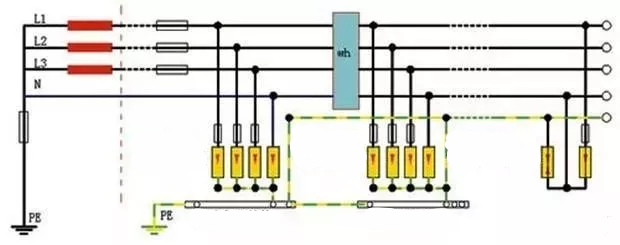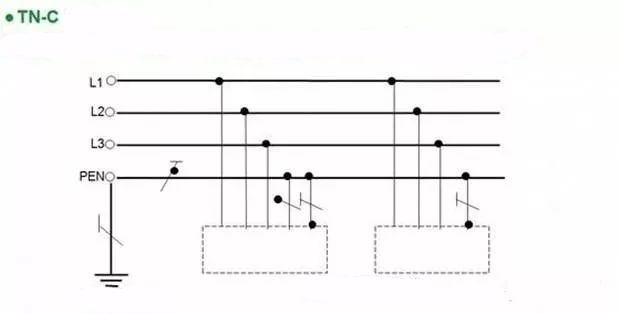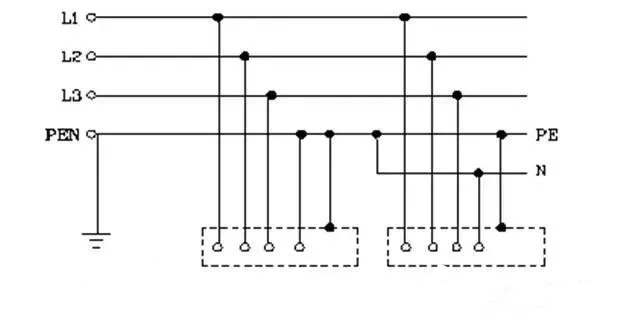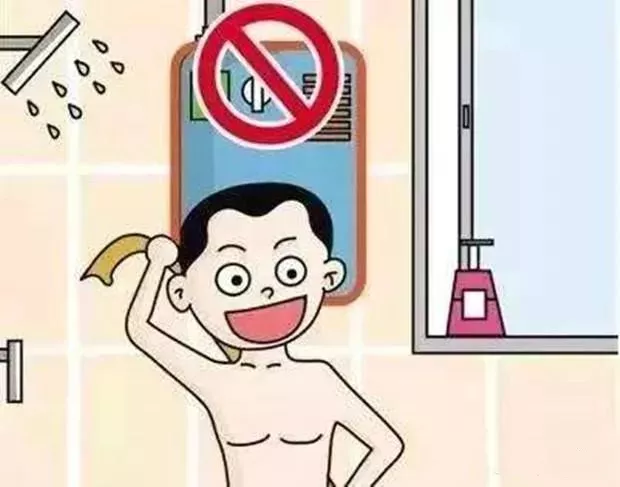AC power is basically generated by the generator in the power plant. The generator has three-phase windings with an electrical angle difference of 120 ° between them. When connected in a star connection method, there is a common point between the three windings, called the neutral point. This neutral point N is usually connected to the ground PE, so it is called PEN together. If the output current of the three-phase windings is balanced, there will be no current on this PEN line. If the three-phase current is unbalanced, there will be current in this line. That is to say, in the generator or transformer of a power plant, the ground wire and neutral wire are the same line. If the ground wire and neutral wire are connected in reverse in reality (without considering safety issues), theoretically they will still form an electrical circuit with the phase wire, and the main voltage drop will fall on the live wire and load. If connected in reverse, the power consumption will not increase.

1. If it is a TN-C system, commonly known as the "three-phase four wire system", the ground wire and neutral wire are the same line on the load side, so there is no problem of reverse connection between the ground wire and neutral wire, as they both need to be connected to the ground.

2. If it is the TN-S system and TN-C-S, commonly known as the "three-phase five wire system", the ground wire and neutral wire are separate on the user's end. TN-S can be regarded as an ideal special state of TN-C-S, but in reality, it does not exist. In civil electricity, TN-C-S is basically used, and the neutral wire is not allowed to be grounded. The ground wire here is a protective ground, not a working ground.

3. The TC-C-S system for civilian use usually has a leakage protection device. If the neutral and ground wires are connected in reverse, the leakage protection generally cannot be installed.
4. If the leakage protection fails, the neutral and ground wires are reversed, and if the three phases are unbalanced (which usually exists), the ground wire will be charged, which means there will be voltage on the electrical casing. If a person touches it, they will be electrocuted.

5. If the neutral wire and ground wire are connected in reverse, they may also be short circuited together due to grounding issues at some point. If the neutral wire has poor contact or is disconnected, the live wire can enter through the load series voltage, endangering personal safety.
6. The ground wire is often thinner than the zero wire, and if it is connected in reverse, if it continues to work without tripping, it may generate heat and cause a fire hazard.
tags :
categories
recent posts
scan to wechat:everexceed
